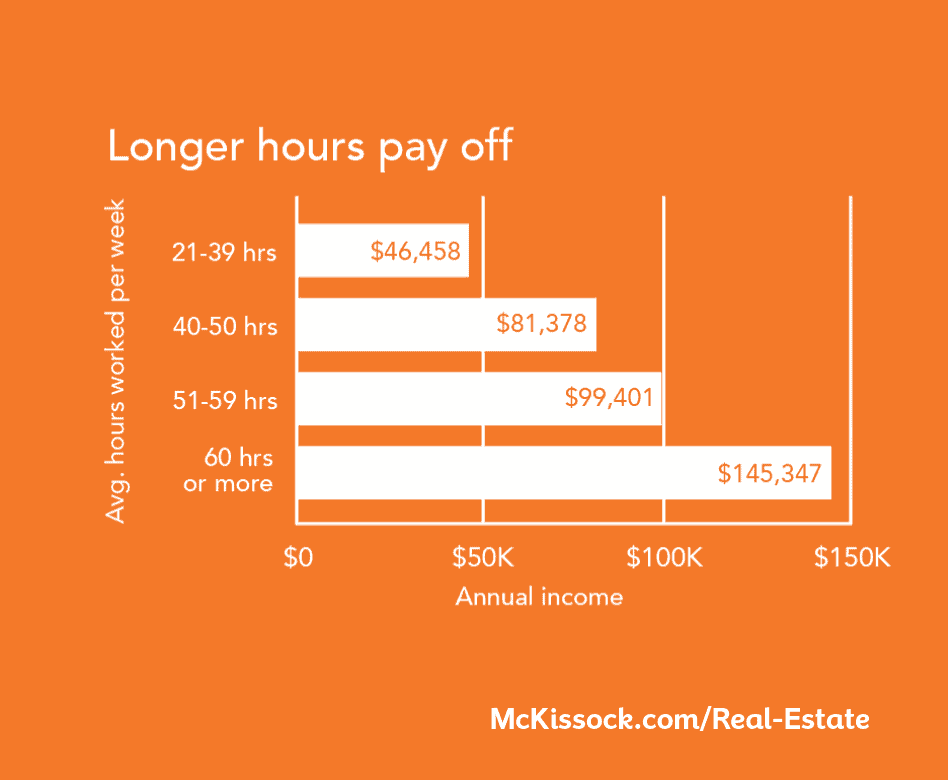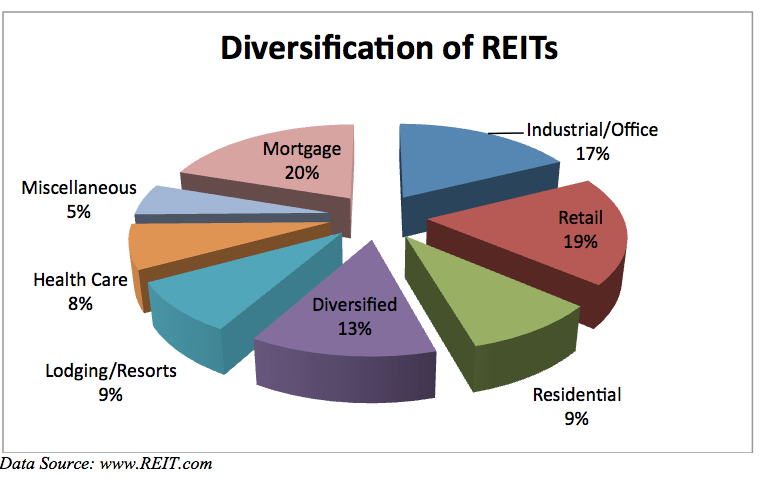In the lack of some natural disaster, which can reduce the immediate supply of houses, prices rise when need tends to exceed supply trends. The supply of real estate can also be slow to react to increases in need since it takes a long period of time to build or spruce up a home, and in highly established locations there merely isn't anymore land to build on.
Once it is developed that an above-average increase in real estate prices is initially driven by a need shock, we should ask what the causes of that boost in demand are. There are a number of possibilities: An increase in basic economic activity and increased prosperity that puts more disposable earnings in consumers' pockets and encourages homeownershipAn increase in the population or the market section of the population getting in the housing marketA low, basic level of interest rates, especially short-term interest rates, that makes houses more affordableInnovative or brand-new home loan items with low initial month-to-month payments that make homes more cost effective to brand-new market segmentsEasy access to creditoften with lower underwriting standardsthat also brings more purchasers to the marketHigh-yielding structured home mortgage bonds (MBS), as required by Wall Street financiers that make more home loan credit offered to borrowersA possible mispricing of danger by home loan loan providers and home mortgage bond investors that broadens the availability of credit to borrowersThe short-term relationship in between a mortgage broker and a timeshare vacation deals all inclusive borrower under which customers are in some cases encouraged to take extreme risksA absence of financial literacy and excessive risk-taking by home loan debtors.

An increase in house turning. Each of these variables can integrate with one another to cause a housing market bubble to take off. Undoubtedly, these elements tend to feed off of each other. A comprehensive conversation of each is out of the scope of this post. We just point out that in general, like all bubbles, an uptick in activity and rates precedes excessive risk-taking and speculative habits by all market participantsbuyers, borrowers, lending institutions, builders, and investors.
This will happen while the supply of real estate is still increasing in action to the prior demand spike. Simply put, demand reduces while supply still increases, leading to a sharp fall in rates as no one is left to spend for much more houses and even greater costs. This realization of threat throughout the system is set off by losses suffered by homeowners, home loan lending institutions, home mortgage investors, and home investors.
This typically causes default and foreclosure, which ultimately contributes to the existing supply readily available in the market. A decline in basic economic activity that leads to less disposable income, task loss or less offered jobs, which decreases the demand for real estate (how to choose a real estate agent). An economic downturn is particularly unsafe. Need is tired, bringing supply and demand into balance and slowing the rapid pace of home price appreciation that some property owners, especially speculators, https://www.residencestyle.com/heres-how-to-take-a-cheap-vacation/ rely on to make their purchases inexpensive or rewarding.
The bottom line is that when losses mount, credit standards are tightened up, simple home loan loaning is no longer readily available, need decreases, supply increases, speculators leave the marketplace, and prices fall. In the mid-2000s, the U (how to buy real estate with no money).S. economy experienced a prevalent housing bubble that had a direct influence on causing the Great Recession.
How To Generate Leads In Real Estate Things To Know Before You Buy
Low interest rates, unwinded loaning standardsincluding extremely low deposit requirementsallowed individuals who would otherwise never have been able to purchase a house to end up being homeowners. This drove home rates up much more. However lots of speculative financiers stopped buying due to the fact that the danger was getting expensive, leading other purchasers to leave the market.
This, in turn, caused rates to drop. Mortgage-backed securities were offered off in huge amounts, while home loan defaults and foreclosures rose to extraordinary levels. Frequently, house owners make the harmful mistake of presuming current rate efficiency will continue into the future without first considering the long-lasting rates of price appreciation and the capacity for mean reversion.
The laws of financing similarly specify that markets that go through periods of rapid cost appreciation or depreciation will, in time, revert to a rate point that puts them in line with where their long-term average rates of appreciation suggest they need to be. This is called reversion to the mean.
After periods of quick cost gratitude, or in many cases, devaluation, they revert to where their long-lasting average rates of appreciation indicate they need to be. Home cost suggest reversion can be either fast or progressive. House prices might move quickly to a point that puts them back in line with the long-term average, or they may stay continuous until the long-term average overtakes them.
The determined average quarterly portion boost was then applied to the starting worth displayed in the graph and each subsequent worth to obtain the theoretical Real estate Rate Index value. Too lots of house buyers use only current cost efficiency as benchmarks for what they expect over the next a number of years. Based on their unrealistic price quotes, they take extreme dangers.
There are several home mortgage products that are greatly marketed to consumers and designed to be relatively short-term loans. Customers pick these mortgages based upon the expectation they will be able to refinance out of that mortgage within a certain variety of years, and they will have the ability to do so since of the equity they will have in their homes at that point.

The smart Trick of How To Become A Real Estate Agent In Nc That Nobody is Discussing
Homebuyers ought to seek to long-term rates of house price gratitude and consider the monetary concept of mean reversion when making important funding choices. Speculators need to do the very same. While taking threats is not inherently bad and, in reality, taking risks is often required and suggested, the secret to making a great risk-based decision is to understand and measure the risks by making economically sound estimates.
An easy and important concept of financing is mean reversion. While housing markets are not as based on bubbles as some markets, real estate bubbles do exist. Long-lasting averages provide a great indicator of where housing prices will ultimately end up throughout periods of rapid gratitude followed by stagnant or falling prices.
Given that the early 2000s, everybody from experts to professionals forecasted the burst of the. So, even participants on a game show might have difficulty quickly responding to the concern relating to the date. The bubble didn't really burst until late 2007. Generally, a burst in the housing market happens in certain states or regions, however this one was various.
Generally, the housing market does reveal indications that it's in a bubble and headed for a little difficulty (how to become a real estate broker in california). For example: Starts with an increase in need The increase is combined with a limited supply of properties on the marketplace Viewers, who believe in short-term purchasing and selling (understood as flipping), get in the market.
Need increases even more The market goes through a shift. Need reduces or remains the exact same as the housing market sees an increase in supply. Prices Drop Real estate bubble bursts The exact same circumstance occurred leading up to late 2007. While the real estate market grew in the bubble, property was often costing misestimated rates from 2004 to the year before the burst.